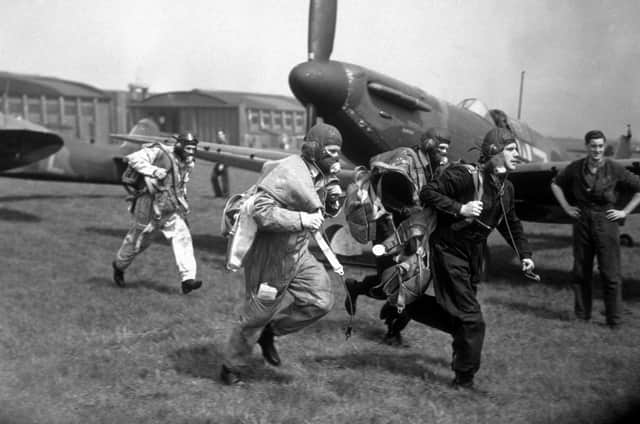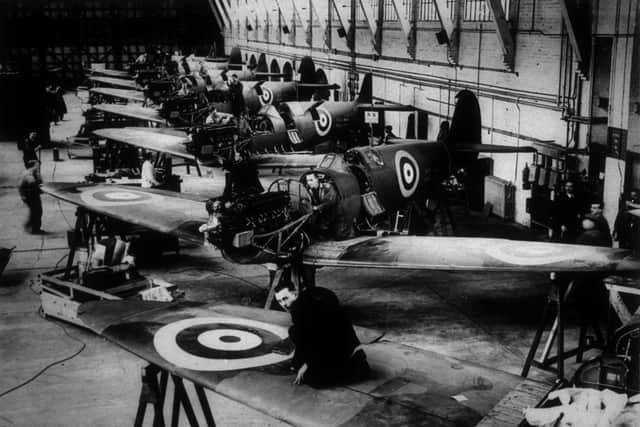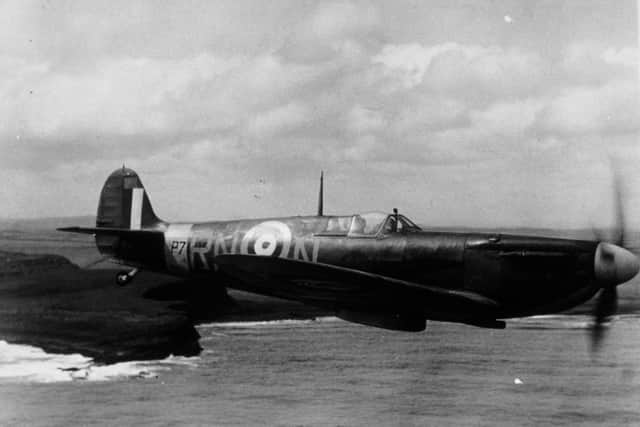Spitfire – the design classic that saved Britain


Even today, the sight of one of the few remaining Submarine Spitfires can stir the emotions of people not born when they first took to the skies.
These pictures from the archive help to tell the story of the short range, high performance fighter plane that helped an outnumbered Royal Air Force achieve superiority over the Luftwaffe.
Advertisement
Hide AdAdvertisement
Hide AdIt was not an easy battle. The first models proved inferior in head-to-head warfare, but RJ Mitchell’s original design made it possible for his successor, Joseph Smith, to upgrade the plane with new engines and armaments.


In 1940, some 2,600 Luftwaffe fighters and bombers were sent to destroy the RAF, which had at its disposal only 640 Spitfires and Hurricanes. Goering thought the Battle of Britain would be over in a few days.
But Britain proved it could build fighter planes faster than Germany, and the Spitfires, with their superior speed and agility, were able to bring down German fighters in vast numbers. By the end of the battle, exactly 80 years ago, the Germans had lost 1,887 planes; the RAF 1,023.
But the war was far from over for the Spitfire. In the air battle for the strategic base of Malta, the Mark V model proved decisive in gaining superiority and establishing the islands as a supply base for the troops in Africa.
Advertisement
Hide AdAdvertisement
Hide AdAnd in June 1944, the Spitfires provided air support for the D-Day landings, with many adapted as fighter-bombers that could attack German ground forces.


The last Spitfires left service in 1955, 19 years after their maiden flight. Of the 20,351 built before, during and just after the war, only around 35 around the world are still flying.
Support The Yorkshire Post and become a subscriber today.
Your subscription will help us to continue to bring quality news to the people of Yorkshire. In return, you’ll see fewer ads on site, get free access to our app and receive exclusive members-only offers.
So, please – if you can – pay for our work. Just £5 per month is the starting point. If you think that which we are trying to achieve is worth more, you can pay us what you think we are worth. By doing so, you will be investing in something that is becoming increasingly rare. Independent journalism that cares less about right and left and more about right and wrong. Journalism you can trust.
Thank you
James Mitchinson
Comment Guidelines
National World encourages reader discussion on our stories. User feedback, insights and back-and-forth exchanges add a rich layer of context to reporting. Please review our Community Guidelines before commenting.